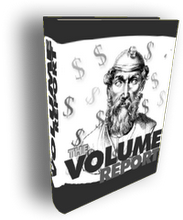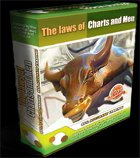EURODOLLAR FRI 4-20 TRADING LESSON
Let's recap what we talked about today
Look to bar 6. This is the actual valid bull pivot bar. This is the first bar that closed higher than the high of bar 1 on higher volume. This occurred eight bars after bar 1. This is a complex pivot. The temptation is to look at bar 5 (seven bars after bar 1) as the pivot measuring (swing) bar but it is not. Up to this point (bar 5) There has not been a valid pivot bar since bar 1. Bar 1 is still the pivot measuring (swing) bar until another bar closes below it.
Bar 5 closed inside the range of bar 1 not lower than bar 1 so it could not be the swing (pivot measuring) bar. Now you know why it's called a complex pivot. Note again, bar 1 is the swing (potential measuring) bar until a close below it. The eight bar after bar 1 (bar 6) is the bullish trade signal bar, the valid pivot bar on higher volume. The time to enter would be the close of bar 6 or a pullback to the high of bar 1. The stop would be below the low of bar 1, and the first target would still be bar 2 (three bar equilibrium).
Then also consider that bar 1 is a range bar. If we add our range bar guidelines to the picture it becomes even more clear. This is what I mean by not trading one thing by itself (in a vacuum). Just by considering what you have learned about range bars would clear up some questions about this pattern since we already know that range bars are support/resistance in their own right. So, even if bar 1 was not a swing bar it would still be the barometer for a breakout. Then, when we add what we already know about volume, that any breakout of support/resistance needs to be supported by higher volume, even if I make an error you will see that it I am in error without me saying anything.
Email me! click here




